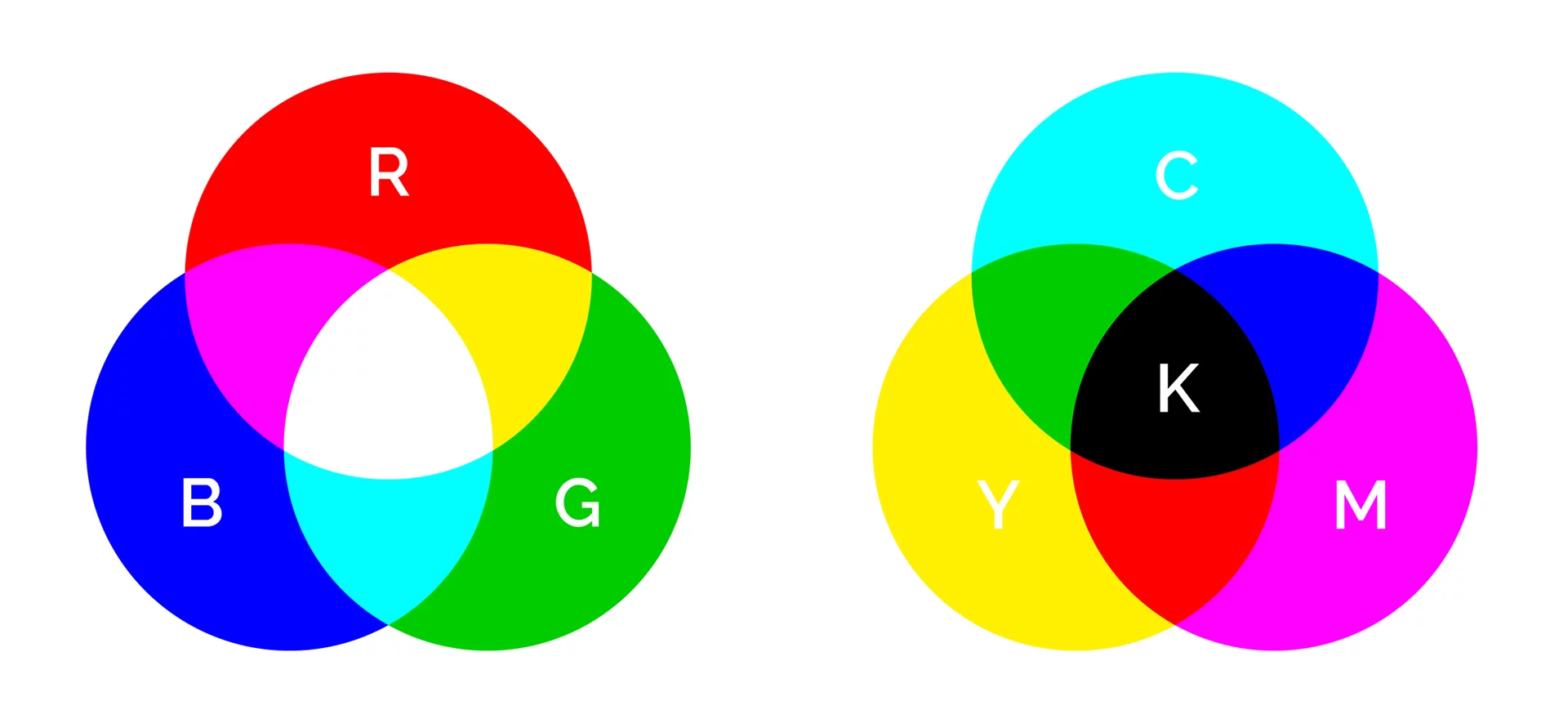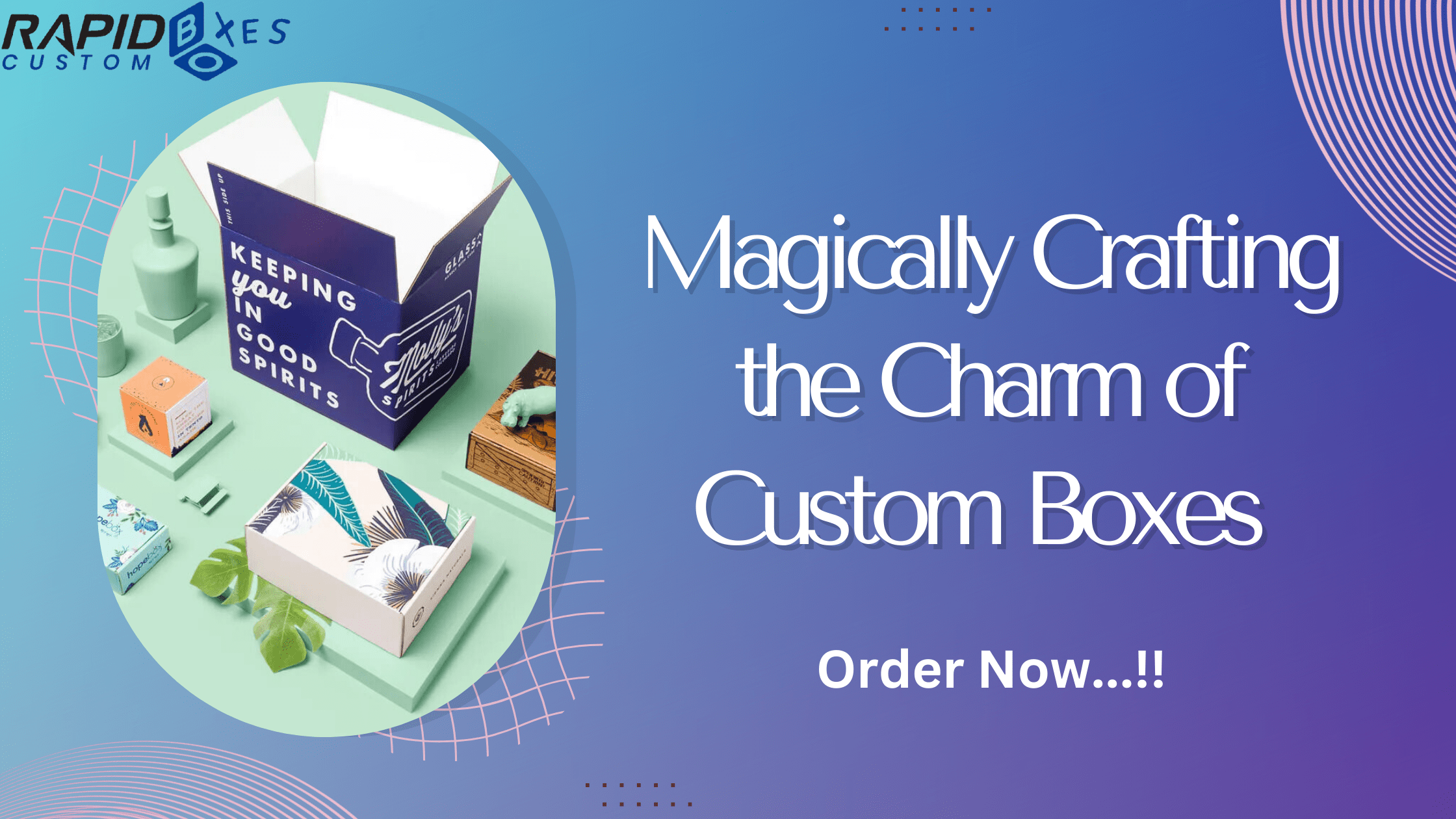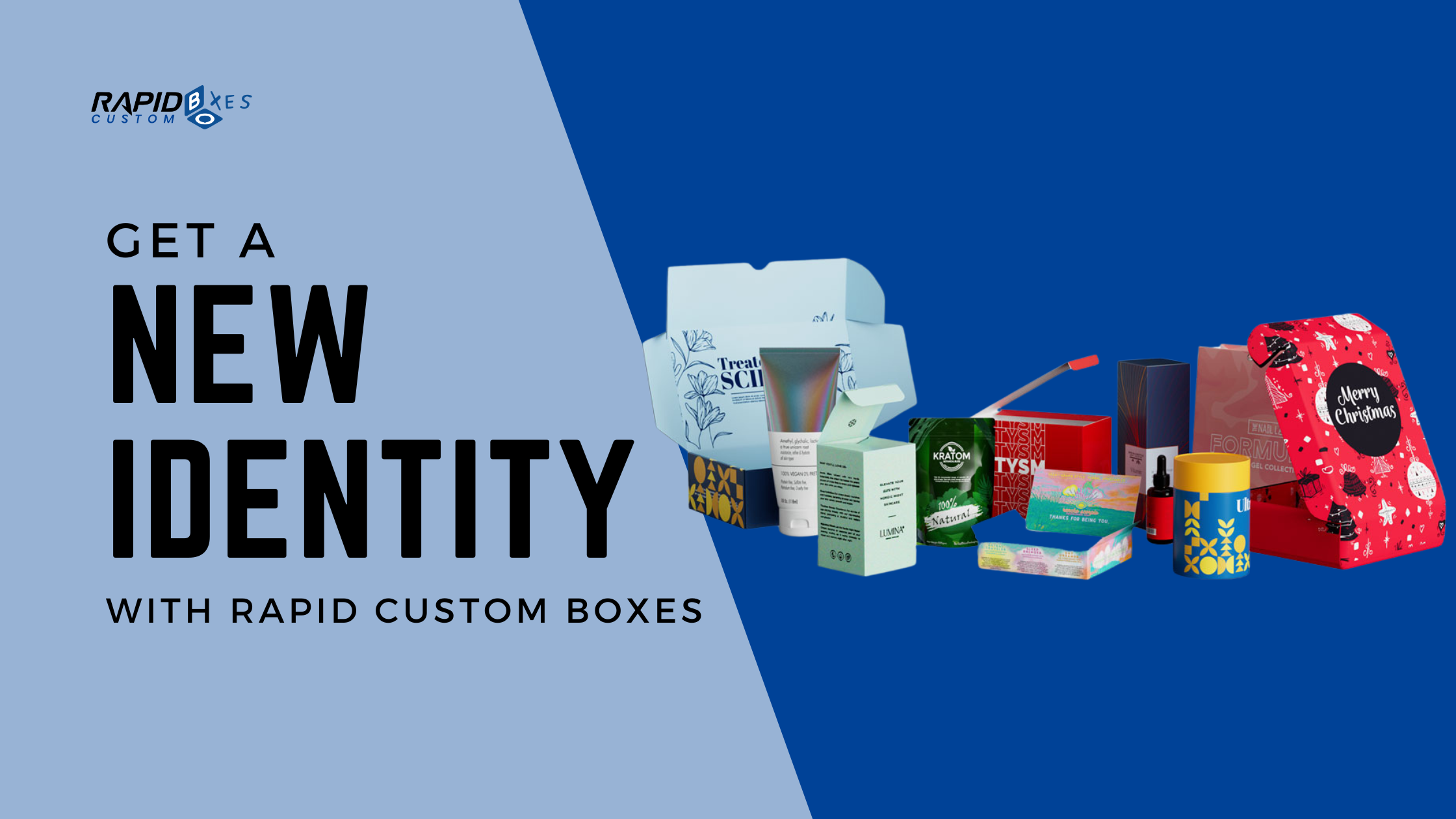Design is a crucial part of any marketing campaign or packaging solution. Whether you want to craft boxes or various printing products like business cards, flyers, or brochures, you need to generate various design prints. Getting the desired results is possible with the aesthetic beauty of such business products. So, you need to get the job done from experts by hiring reliable packaging companies like Rapid Custom Boxes.
However, one must understand various color systems to make a wise selection of any printing color model after checking its compatibility with your specific printing requirements, etc. Here, we will educate about one of the highly recommended systems named the CMYK color model that many businesses rely on for high-end printing results. Here, explore this system’s properties and the reasons to choose it over other color models like RGB or Pantone color models in detail. Without further ado, let’s get started.
What is the Meaning of CMYK?
In the abbreviation of CMYK, each letter stands for
- C=Cyan
- M=Magenta
- Y=Yellow
- K=Key (Black).
This model is based on the application of these four color inks on white to get a new shade. When a particular color is applied to white, its brightness starts to decrease, and if you keep on adding that color, you will get the targeted color shade. So, with a mixture of various colors in different quantities, you have access to around 16000 color variations. That is why this model system is highly recommended if you want to have multiple color prints
CMYK and Color Wheel
If you want to know the arrangement of CMYK model colors on a color wheel, then here is the position of every color category:

- Cyan can be associated with ocean water and is similar to aqua or sky blue, and it lies between the blue and green parts of the color wheel.
- Magenta is represented by orchid or bougainvillea flowers, and it lies in between the blue and red on the wheel but near the red part.
- Sunflowers, sunshine, or daffodils represent yellow colors and they lie between green and orange.
- Black can be described by giving the example of coal or gemstones like onyx, etc. This color acts as a base in giving contrast and adding more details to a print image. That is why it is also called a key in the model system. The color wheel doesn’t have it, as black is a combination of all other colors.
Working Mechanism of CMYK Model
When you use this method to have your design printed, the printing firm divides your design file into color components. In this model, separate printing is used for each color, and the ink is transmitted from the plate to the rubber blanket, and then it is transferred to the paper in dot form. When the printing process is completed, these colors become sharp with the overlapping of various dots.
This is a time-consuming process as the ink isn’t directly transferred to the paper. On the other hand, the digital printing method doesn’t involve the use of plates, and ink is transferred directly to the paper. That is why businesses who want to have a quick turnaround time prefer the digital printing method.
Mechanisms of RGB and Pantone Color Models
Here, we will see other color models like RGB and Pantone color models so that you can compare CMYK with them in depth.
RGB Color Model
RGB is the abbreviation of red, blue, and green, and these colors are known as desktop colors because they display the same colored lights that electronic displays use, like digital cameras, computer monitors, mobile devices, etc.
This model is great in providing you with unlimited color options, and you can get approximately 16.7 million options. In comparison, CMYK has limited color options. Furthermore, RGB is called an additive color model because it combines red, green, and blue colors in different intensities to generate other color options. For getting white color, all the colors are combined in their full brilliance, while to get black, the red, blue, and green are combined in the lowest brilliance.
On the other hand, CMYK is a subtractive color model where white is achieved on paper by using a few colors, as you will get the design in a lighter tone with a few ink dots. Many businesses convert RGB images that emit light into CMYK to get the print with high accuracy.
Pantone Color Model
The Pantone Matching System (PMS) has a number of color options that are defined in terms of numbers. For example, the pink color is associated with PMS 205. This clear identification allows the users to clearly state their requirements and desired color shades for prints, fabrics, or other materials.
These codes help you to have consistent color prints according to your project without any discrepancies. Moreover, if you are looking for new colors like metallic ones, then PMS is the right model, as such options are not available with CMYK and RGB models.
Spot Color
The process of printing the color on the paper with the help of premixed ink to match the result with the PMS, is called spot color. Such mix-up occurred before starting the printing process and not during the spot color prints.
In this system, the color is identified with a name or number and always ends with coated or uncoated words. Coated and uncoated words identified the type of paper stock that will be used for these prints.
Businesses prefer CMYK when they want to have multiple colors in their prints, as it gives cost-effective yet high-quality results. Spot color is applicable to such a project that involves one or two color shades and costs a lot because of its 100 % consistent results.
| Color Model | Color Gamut | Color Production | Printing compatibility | Intended Purposes |
| CMYK | Around 16,000 | Color layers produced in succession on the packaging surface | Yes | photograph, painting, complicated images |
| RGB | 16.7 million | Arrangement of color pixels to produce new colors on a digital screen | No | Websites, apps, videos |
| Pantone | 2161 | Mixed at the Start, solid color ink is transferred directly to the packaging surface. | Yes | Logo, symbols with one or two colors. |
How to Get High Accuracy for On-screen and Printed CMYK Color
An issue with the CMYK model is the discrepancy that its results show. The screen design may or may not be accurately produced with this model. However, with some tips, you can minimize the difference between the digital design and the printed results. These are the following:
- Normally, PCs have such settings that are best for films or games by creating high brightness and saturated color shades. So you need to recalibrate the settings to make them suitable for design printing,
- If you are using a Mac, then choose “color profile” for your color setting.
- Normally, monitors have high brightness, and you will get the print in dark shades. To avoid it, use a D50 white balance for your monitor screen.
- Adjust your software’s color management system. For example, in Adobe Photoshop, you can check the soft proofing feature to view the print that you will get with CMYK.
- Check the printed real samples of various color shades to pinpoint the difference between the screen and paper results.
- Always prefer high-quality printing inks and durable paper.
- Make a test copy before getting the print in bulk to highlight all the color discrepancies.
Frequently Asked Questions:
For what type of projects the CMYK model is ideal?
For such printing projects that require a number of colors with the use of the least number of inks, CMYK is best to consider. Furthermore, you can use this model to have accurate color prints on various physical products like packaging boxes, business cards, tags, flyers, etc.
What are the best file formats for CMYK?
Some of the best file formats to use for the CMYLK color model are the following:
- Adobe Illustrator
- Portable Document Format
- Encapsulated PostScript
- CorelDraw
- Tag Image File Format
For what job spot color is better to consider than CMYK?
If your project requires the use of one or two color shades, including colors that you cannot have with CMYK, then this is the best option. For example, many businesses prefer it for printing branding essentials like logo brand names with 100 accuracy, and you will get the same results every time you print your business products through it.
Can we use spot color and CMYK models together for a printing project?
Yes, many projects required accurate logo prints along with background design patterns. Then, for logo imprints, spot color is used, and for the colorful design elements, the CMYK model is applied.
Bottom Line
Due to the perfect mechanism of the CMYK color model, it is considered an industry standard for the printing products. With this model, you can have a countless number of color shades for creating innovative yet accurate design prints. So, elevate the aesthetic appeal of your printing project by utilizing vibrant yet bright color options with this model system.









